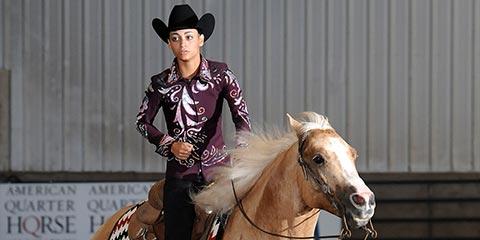
For student equestrians in grades six-12, the Interscholastic Equestrian Association (IEA) was established in the spring of 2002 and held its first annual national finals event the following year. A non-profit organization, the IEA has grown both geometrically and geographically each year. Beginning with just over 200 participants, the IEA now has over 13,700 members in 46 states across North America. The IEA supports two disciplines: Hunt Seat and Western. There is no need for any rider to own a horse because competition horses and tack are provided at each venue to the contestant. Myron Leff, co-founder/chief operating and marketing officer, and Kimber Whanger, communications coordinator, shared their insights on the sport, the organization and its athletes.
Sports Destination Management: The Interscholastic Equestrian Association (IEA) is well-established.
Myron Leff: Yes, this is our 16th season.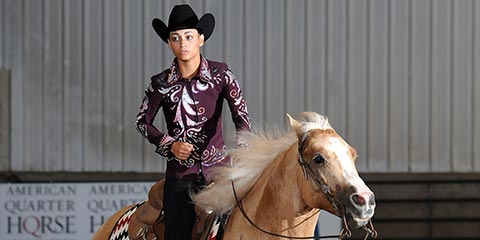
SDM: What was the impetus behind starting the organization in 2002?
Leff: The real concept behind the IEA was seen by Roxane Durant, our co-founder and executive director. She felt like equestrians of that age were not recognized by their sports peers. For example, in high school, you might have a letter jacket or a big crowd cheering on your games. But in equestrian and at that age, you have a person who might weigh 100 pounds riding a 1,200-pound animal and there was no recognition. The idea was to set up an interscholastic competition. We found out Roxane was correct because we demonstrated, over the years, there is quite a high demand for youth equestrian competition.
SDM: Was it hard to get started?
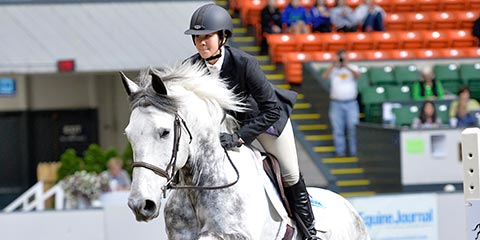 Leff: Most of the schools we talked to did not want to add equestrian sports to their athletic programs – they were concerned about the liability and the cost. We turned this into more of a barn-focused program and that really helped. We’re now the largest youth equestrian program in the country.
Leff: Most of the schools we talked to did not want to add equestrian sports to their athletic programs – they were concerned about the liability and the cost. We turned this into more of a barn-focused program and that really helped. We’re now the largest youth equestrian program in the country.
SDM: Do students go on to ride in college?
Kimber Whanger: Yes – we see a lot of students moving into collegiate equestrian programs. Last year, we had at least one IEA alum in every college in the National Collegiate Equestrian Association and the NCEA is very happy with our riders; in fact, (NCEA executive director) Dr. Leah Fiorentino sits on the IEA board of directors. Appropriately, the Intercollegiate Horse Show Association (IHSA), the organization which the IEA is modeled, has many IEA alums riding on its college teams, too.
SDM: IEA offers two disciplines of English equestrian and it also offers two disciplines of Western riding. Does it have rodeo as well?
Leff: No, we have western reining and horsemanship.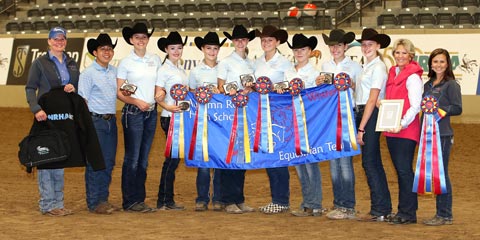
SDM: Is IEA looking to expand its disciplines?
Leff: In fact, we’re just concluding our second year of a pilot program for dressage and it has been growing very well. A few weeks ago, we had our dressage finals and over 80 kids participated. As it continues to grow, we’ll add it in formally.
SDM: What is the competition season for IEA?
Whanger: Our show season runs from September through June. Membership for the 2018-2019 season will open in July and close in November for riders. Junior Contributing Membership enrollment is open year-round. Information is available on our website. Our shows start in September and we’re in the finals of our hunt seat now (April) and will conclude in June with Western.
SDM: How are shows conducted?
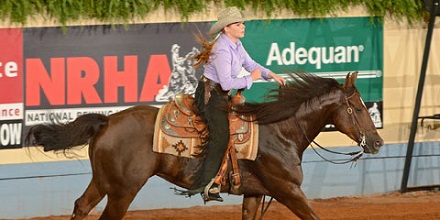 Whanger: For every IEA event, whether at the local show level all the way through the nationals, we supply the hose and tack and it’s a blind draw format as to which horse you’ll ride. That way, no rider ever needs to own a horse. If you can’t afford to own your own horse, it doesn’t stop you from being an equestrian.
Whanger: For every IEA event, whether at the local show level all the way through the nationals, we supply the hose and tack and it’s a blind draw format as to which horse you’ll ride. That way, no rider ever needs to own a horse. If you can’t afford to own your own horse, it doesn’t stop you from being an equestrian.
SDM: You noted earlier it’s a barn-focused program. Is it an individual sport?
Leff: IEA offers competitions that are both individual and team focused. In fact, many of our riders who compete in non-IEA events choose to be with the IEA because of the team events.
SDM: What is the gender split in the program?
Leff: It’s strongly female. I would say more than 95 percent are girls.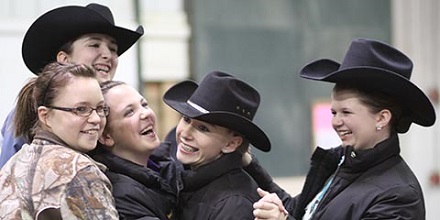
SDM: Is there an age group where membership is more heavy, such as in junior high- or high school-age kids?
Leff: It’s pretty evenly distributed. In addition, we opened up a special membership for fourth and fifth graders; it’s non-riding membership and horse education program with the intention of exposing them to equestrian sports at an earlier age.
SDM: Is there more English or Western riding?
Leff: It’s dramatically more hunt seat.
SDM: Are the Western riders found more in certain areas of the country?
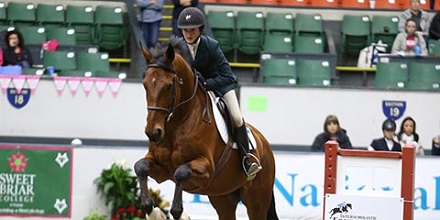 Leff: Our membership is grouped according to zones in the country. The highest concentration of Western riders is in Zone 5, which includes Illinois, Indiana, Kentucky, Michigan and Ohio. We’re actually seeing more growth and interest west of the Mississippi right now.
Leff: Our membership is grouped according to zones in the country. The highest concentration of Western riders is in Zone 5, which includes Illinois, Indiana, Kentucky, Michigan and Ohio. We’re actually seeing more growth and interest west of the Mississippi right now.
SDM: How many shows does IEA put on per year?
Leff: We’re going to do about 1,500 horse shows this year, most on the local level. The national office gets involved in the zone championships, the semifinals and the finals for each discipline except for Western; this year, we’ll see our Western finals held in Oklahoma City along with the National Reining Horse Derby. The Hunt Seat finals move around from year to year. We’re in Syracuse this year. Last year, we were in Lexington, Virginia, and the year before that, in Lexington, Kentucky.
SDM: Do you find yourself returning to the same facilities?
Whanger: There are limited locations and for events of this size but we rotate between a dozen or so facilities for hunt seat; We are always open to looking at new locations if they become available. As for western, the NRHA is our primary sponsor and we have been in Oklahoma City as part of the Derby for many years.
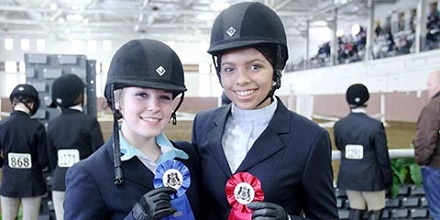
SDM: How do you choose facilities for events?
Leff: We need event facilitiess that have enough horses in the area and space for 400 kids over a couple days for Hunt Seat and 160 for Western.
SDM: Do families travel together to watch kids compete?
Leff: Yes – each family brings about three people per kid. When we do the parade of teams, you can look up in the stands and see 1,200 to 1,500 people who are all there because of those kids.
SDM: What types of prizes are the kids competing for?
Leff: It depends on where they finish and what discipline they’re competing in. The kids who ride Western can win saddles, belt buckles and more.
Whanger: Hunt Seat kids might be competing for jackets, prizes, boots, helmets and more. We have about 50 or 60 sponsors of the nationals who donate prizes. It’s a year-long effort from a variety of people but it’s important to reward these kids for their efforts.
Leff: When you think about it, there might be 12,000 or 13,000 of kids riding during the competition year. You are competing against the best of the best if you make it to National Finals.

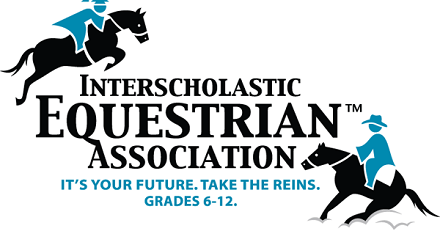 www.rideiea.org
www.rideiea.org